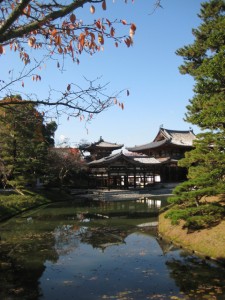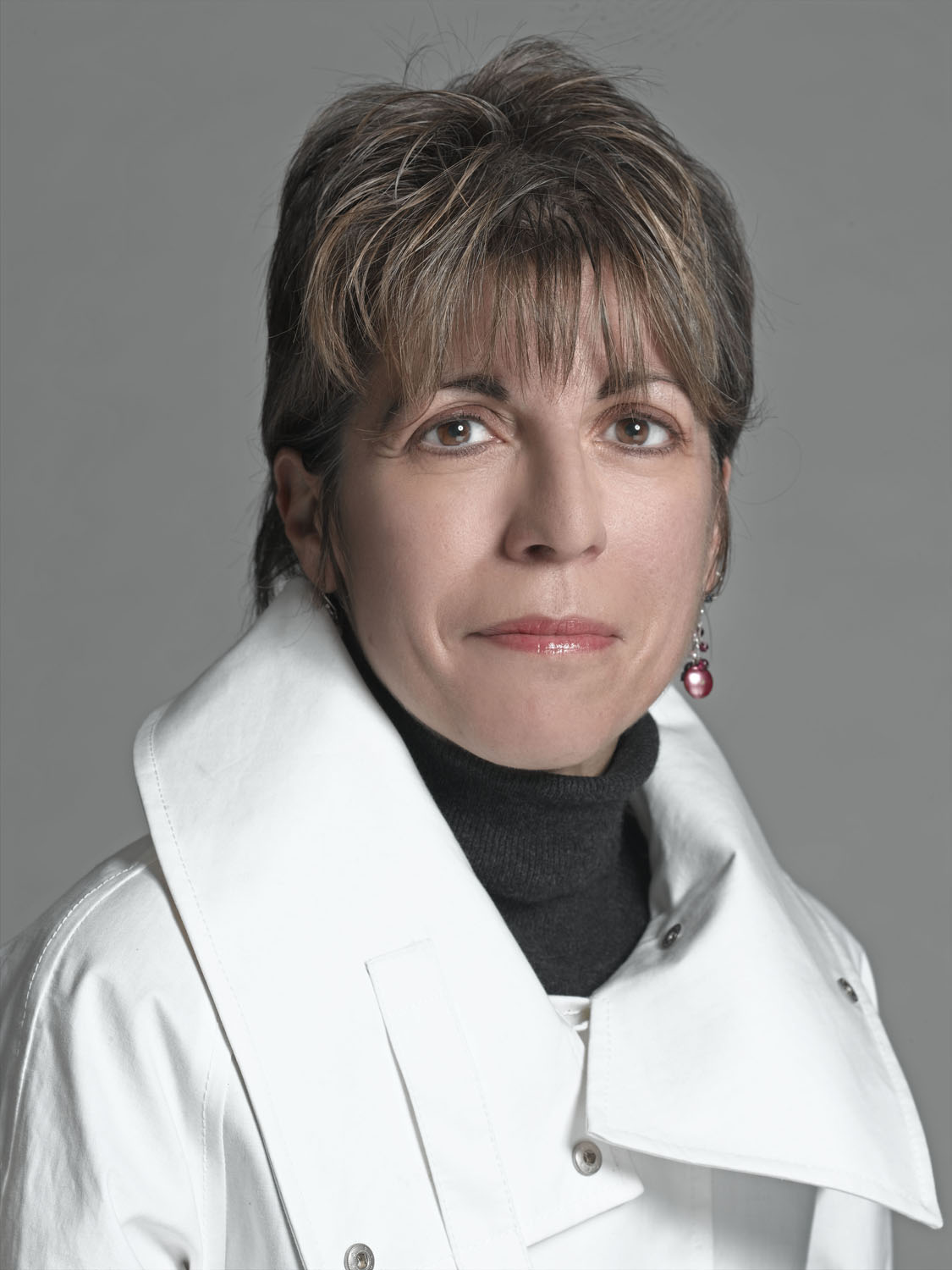The following is a guest post by Dr. Benedict Davies.

As the venerable capital of Japan for over a millennium, Kyoto has been blessed with some of the country’s most aesthetically beautiful temples, shrines and mountain-top retreats. This once-delightfully designed ancient metropolis, laid out precisely along the neat lines of a grid-pattern that was fashionable amongst Chinese cities of the 8th century AD, has been all but consumed by the fast consumerism of the modern cityscape. Yet despite the speed of this progress of modernity, Kyoto still carries a deeply historic and romantic aura.
For all of the enchantments on offer in Kyoto, it is the delightful surroundings and the natural beauty of Uji City on the southern outskirts of the city that rank amongst this area’s most spell-binding attractions. There are many compelling reasons to take the short train journey south from Kyoto to Uji, not least of which are the many teashops that still produce its famously exquisite green teas. Also popular during the summer months are the nightly boating excursions along the River Uji. Following a tradition that dates all the way back to the Heian Period (794 – 1185 AD), one can accompany local fishermen on their boats as they fish the abundant river trout with the use of cormorant birds. Uji was also used by Lady Murasaki (Shikibu) as one of the central venues in her classic historical epic Genji Monogatari (The Tale of Genji), a masterpiece of Japanese literature and arguably the world’s first ever novel.

However, it is the Byodo-in which undoubtedly stands out amongst the architectural treasures of Uji’s clutch of temples. The train from central Kyoto leaves you with a pleasant stroll to the temple-complex. As you draw close to the entrance, the narrow lanes are lined with rows of attractive little shops selling green teas and the traditional Japanese sweets. A thousand years ago, during the Heian Period, the Kyoto aristocracy were drawn here to the picturesque banks of the River Uji, where they began a tradition of building sumptuous country villa-retreats in order to escape the stifling summer heat of the city.
Between 1052 and 1053, the powerful statesman Fujiwara no-Yorimichi set in motion an ambitious plan to reconstruct the villa retreat that his father had established here at Uji. His intention was to convert the estate into an extravagant Buddhist temple. The newly revamped complex, known as the Byodo-in, would be used for the practice of Pure Land Buddhism, a newly developed branch of the Buddhist faith that was particularly favored amongst aristocratic circles. Pure Land Buddhism was centered upon the worship of Amida Buddha, a divinity of endless light and infinite life who possessed unrivaled powers by which to save mankind.

The original temple garden was a masterpiece of Heian Period landscaping and was to become a blueprint for future Pure Land gardens throughout Japan. Today, the sole surviving building of Yorimichi’s grandiose scheme is the stunning Phoenix Hall. Its architectural style is distinctly Chinese in origin, though it was embellished with Japanese refinements and artistic flourishes. It is unquestionably one of Japan’s most visually stunning buildings and one of the glories of Heian Period architecture. Great attention has been lavished on the design of the hall’s roofs, with its curved lines and upturned eaves. Some have even suggested that the lightness of the building’s symmetry gives the illusion of a phoenix with outstretched wings, readying itself for flight.
Deep within the Byodo-in resides a magnificent statue of Amida Buddha. Carved from Japanese cypress and covered in gold leaf, Amida sits upon a raised dais with his fingers in a symbolic gesture. The neat and unfussy arrangement of his robes, together with the simple body form, draw one’s attention up to the serene face. The eyes appear to be slightly closed, looking down upon the worshipper. The lips are lightly closed, giving an unperturbed impression.

High on the walls’ white-washed frieze is a magnificent ensemble of 52 images of Bosatsus, or Bodhisattvas, floating on clouds. These belong to Buddha’s retinue of heavenly acolytes. Belief held that they had postponed the attainment of Buddhahood until all mankind has been saved. These delicately carved heavenly beings are shown flying above Buddha’s Western Paradise.
The elaborate design of the hall was a deliberate reflection of the refined tastes and wealth of the Fujiwara family. In 1994, the Byodo-in was fittingly added by UNESCO to its World Heritage List, and its historic and cultural significance is now firmly embedded in the Japanese conscience through its commemoration on the ten yen coin.
A full audio guide to the Byodo-in is available from Iconic Guides. Dr. Benedict Davies is an Egyptologist, traveler, freelance writer and the founder of MP3 audio tours Iconic Guides. He also holds a PhD in Egyptology from the University of Liverpool and is a leading expert on the community of royal workmen of Deir el-Medina and the Valley of the Kings. A seasoned traveler, Benedict is particularly interested in the culture and art of the ancient Near East and the Far East.



